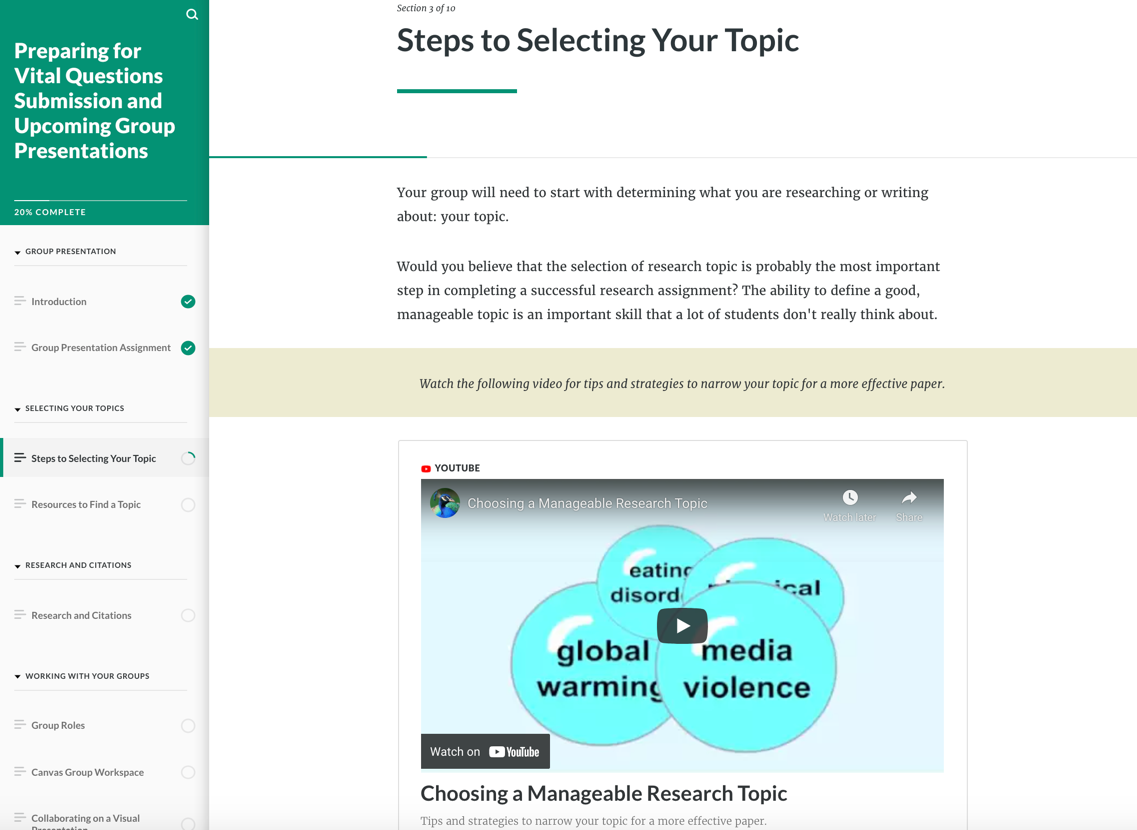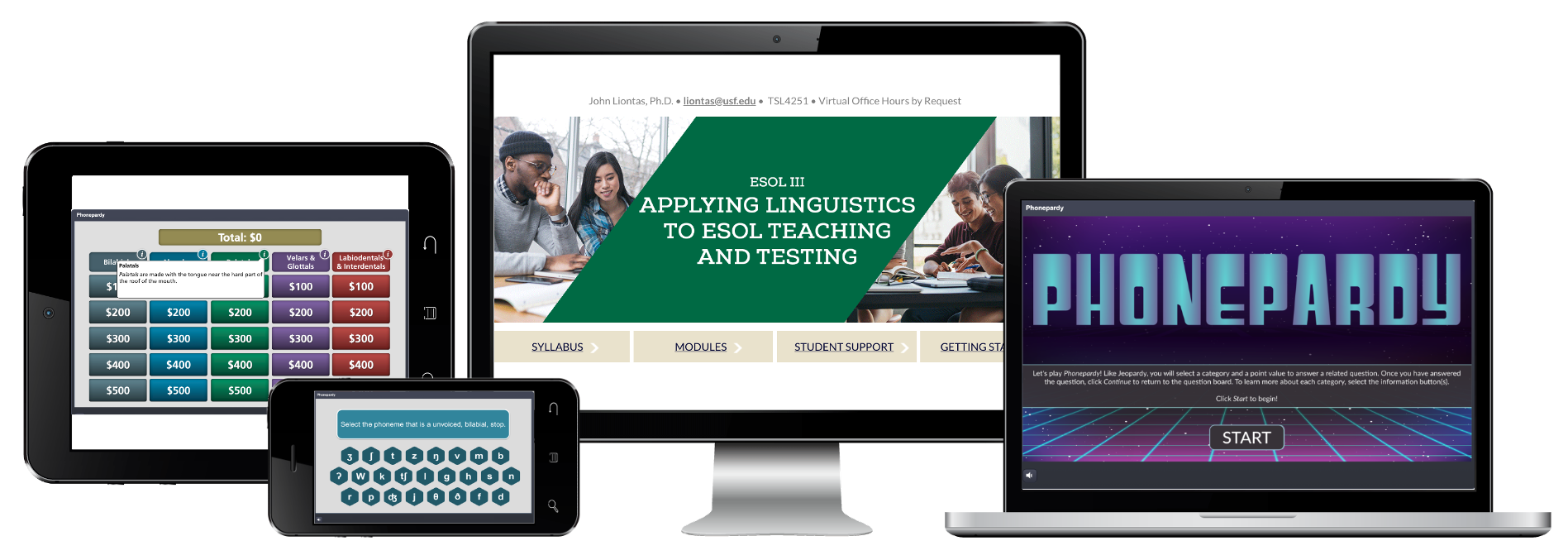 Written by: Brittany Anthony // Jul 9, 2021
Written by: Brittany Anthony // Jul 9, 2021
Last updated: Jul 16, 2021
When it comes to online learning, it’s important to provide students with engaging experiences to meet the needs of today’s diverse learners. Research has shown that engaging students in the learning process not only increases their attention but also cultivates critical thinking and problem-solving skills. Before you decide on your lecture approach, it’s essential to first examine your learning outcomes to identify which method will best achieve your goals in a meaningful way.
So, which type of online lecture delivery methods work for you? Do you prefer live synchronous lectures where you can pick up on cues and provide instant feedback? Or do you offer more flexibility and prerecord your lectures so students can view them at their own pace? Or maybe you provide more hands-on active learning opportunities such as live polling or exit tickets? While each of these methods has their own benefits, the new tools and technologies available to educators teaching online make it possible to maximize student engagement with content in new and creative ways. Do you ever wonder what can be done beyond presenting your standard lectures to deliver content in meaningful ways and connect with learners? Well, you’ve come to the right blog post!

In this article, USF Digital Learning shares engaging and interactive strategies for delivering traditional lecture-based content to your online students. Promoting active learning and student engagement can enhance motivation, improve student performance, and deepen their understanding of new topics. Let’s explore three active learning strategies used within USF online courses that go beyond the traditional lecture.
Interactive Lecture Quizzes
Let’s say you have existing lecture videos but want to transform that passive learning experience into a more interactive one for your students. Embedding knowledge checks within your lectures increases active viewing and allows students to track their own learning progress with timely feedback. It’s best practice to keep your lectures between 5-15 minutes in length, as research shows breaking down video lectures into shorter segments helps support student learning. If your lectures do happen to run longer than the suggested duration, the beauty of using embedded quiz questions is that they allow you to segment your lectures through formative knowledge checks.
At USF, all faculty have access to Kaltura, a video-based platform to create interactive lecture quizzes, but you can use Edpuzzle for free to promote active learning within your lectures through embedded interactions. Alternatively, during live synchronous lectures, you can use Microsoft Forms or Mentimeter to gauge your learner’s comprehension of the material with formative knowledge checks and polls. This approach of adding quick knowledge checks into your lectures offers a way to make any video more engaging and accountable. Applying this strategy not only meets the needs of your students, but also meets quality course design standards, which suggests that learning is more effective when students receive frequent, substantive, and timely feedback. So, what are you waiting for? Take that first step in applying this simple yet effective strategy that goes beyond your typical lectures.
Blog-Style Lectures
Whether it’s teaching face-to-face or online, we understand the challenges of catering to diverse preferences and needs. Some students are more visual and learn by observing, while others are auditory and learn by listening. You’ll also encounter students who are kinesthetic and learn by doing. Using a blog-style approach allows you to incorporate text, images, links, audio, and video in your delivery method to be more inclusive of learning styles and preferences.

In the example shown, USF’s Caroline Twachtman, Instructor and Assistant Director for Academic Foundations, wanted to ensure she provided her first-time-in-college students with an engaging and interactive online experience. She collaborated with USF’s Digital Learning team to develop blog-style lectures. Using the tool Rise 360, the course development team created interactive opportunities and low stake assessments so students could quickly track their comprehension of the content. Microsoft Sway is another tool that can be used to create blog-style lectures and is a great, no-cost alternative to Rise 360. Blog-style lectures can increase student-to-content engagement, in addition to maximize the retention of the information presented. Online instructors can also curate external videos and articles to include in blog-style lectures that help reinforce course topics. If this sounds like a strategy you’d like to implement, start small and try taking one of your current lessons and modifying it using the blog-style approach. Give it a try and see what your students think about this new approach.
Game-Based Learning
Who doesn’t enjoy a good game? Have you considered applying gamification within your instruction? Learning through games can increase student motivation, engagement, and retention. This approach allows your students to explore content in a fun and meaningful way. Through game-based learning, you’re providing students with the same content but presenting it in a much more interactive way where students still have the same opportunities to meet their learning outcomes.

In the example you see here, USF’s Dr. John Liontas, Associate Professor of ESOL, utilized a PowerPoint presentation in his face-to-face class to engage his students with a Jeopardy-like game to reinforce challenging phonetics examples. He wanted to find a creative solution for presenting the same activity in the online environment. Using Articulate Storyline, USF’s Digital Learning designers collaborated with the instructor and developed our own version titled, Phonepardy. This allowed students to explore the content on their own in a gamified manner. There are a few other tools available that offer game-based learning options, such as Kahoot and Quizlet. So, what are you waiting for? Have some fun with your online learners!
Now that you’ve explored what’s possible, how will you go beyond your standard lecture delivery method to engage your students? Interactivity enhances lecture content by fostering active engagement and accountability amongst your students. Although this method is effective, students will benefit most when it is used to support their overall learning experience in purposeful ways. Also, keep in mind that before deciding on a lecture approach, you should evaluate your learning outcomes to see which method will help you achieve your goals most effectively. Before you know it, you’ll go beyond your traditional lectures in no time!

